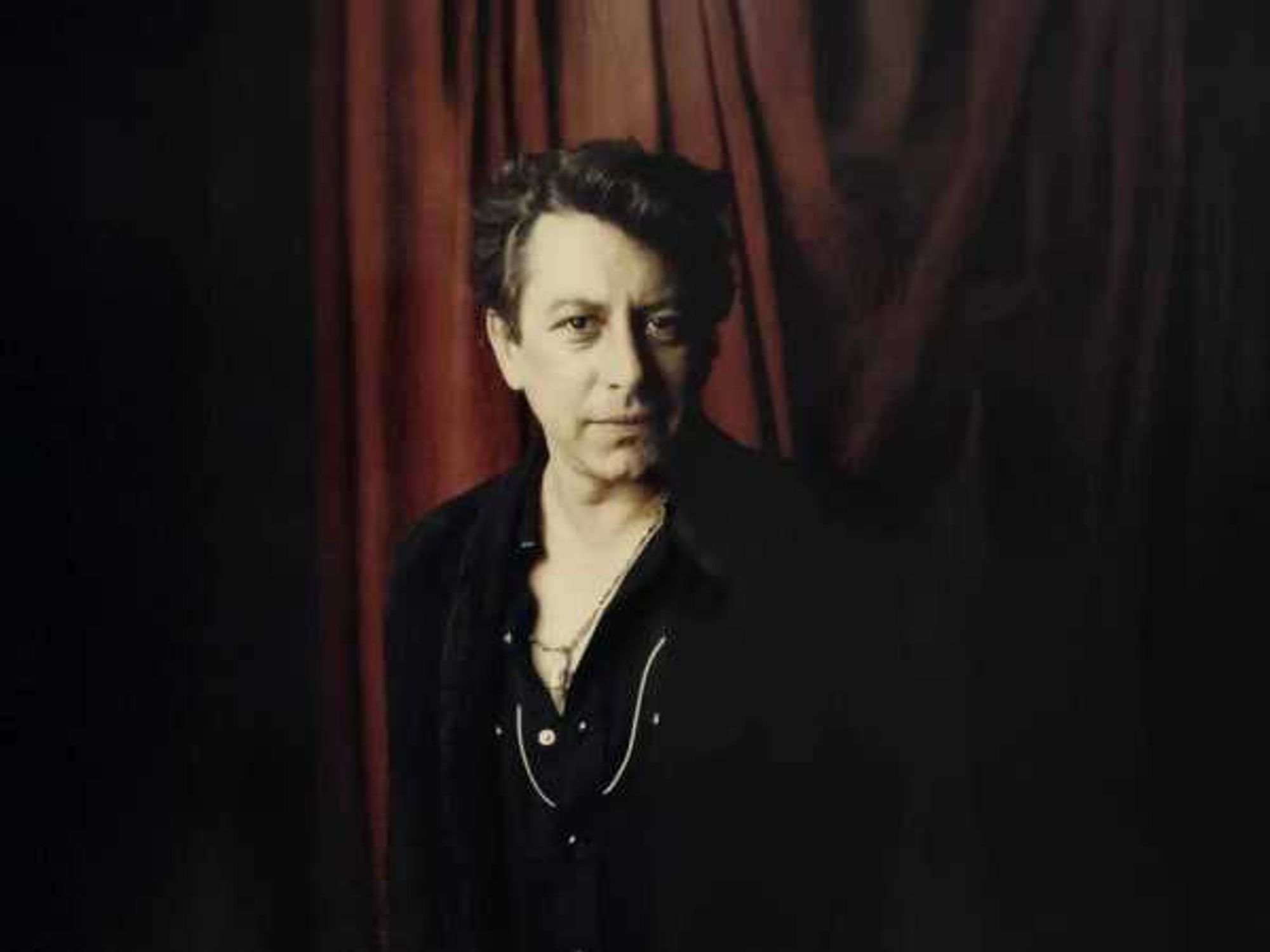art world intrigue
"Cultural terrorism": Paris heist makes Houston museums dwell on the art ofsecurity
 Amedeo Modigliani, "La Femme a l'Eventail" (Woman with a Fan), detail
Amedeo Modigliani, "La Femme a l'Eventail" (Woman with a Fan), detail Museé d'Art Moderne de la Ville de Paris
Museé d'Art Moderne de la Ville de Paris Fernand Léger, "Nature-mort aux chandeliers" (Still Life with Chandeliers),detail
Fernand Léger, "Nature-mort aux chandeliers" (Still Life with Chandeliers),detail Pablo Picasso, "Le pigeon aux petits-pois" (Pigeon with Peas)
Pablo Picasso, "Le pigeon aux petits-pois" (Pigeon with Peas) Henri Matisse, "La Pastorale" (Pastoral)
Henri Matisse, "La Pastorale" (Pastoral) Georges Braque, "L'olivier pres de l'Estaque" (Olive Tree near Estaque)
Georges Braque, "L'olivier pres de l'Estaque" (Olive Tree near Estaque)
In the still of the night, a lone masked intruder absconded with five masterpieces from the Musée d'Art Moderne de la Ville de Paris (Paris' Museum of Modern Art), leaving a wealth of intrigue in his wake.
Without question, last night's larceny represents the most significant art heist of the century, involving the disappearance of works by canonical artists from early modernism: Pablo Picasso, Henri Matisse, George Braque, Fernand Léger and Amedeo Modigliani.
The paintings' worth: $123 million.
The works were reported missing at 7 a.m. once museum security reported a broken window and smashed padlock grille. The evidence speaks to a seasoned robber, with the paintings' frames carefully dismantled rather than the canvas snipped from their casings. Three security officers were working in the museum at the time of the robbery, and although the action was documented on a CCTV camera, the guards have reported no knowledge of the incident.
France's elite police armed robbery unit, the Brigade de Répression du Banditisme, has undertaken investigating the scandal. Since this morning, the museum has been sealed to the public.
"It's an act of cultural terrorism," Museum of Fine Arts, Houston director Dr. Peter Marzio says. "The thief has displayed an unprecedented level of sophistication, to steal something that valuable from a prestigious museum."
The Musée d'Art Moderne de la Ville de Paris, oft overshadowed by the tourist-trumping Louvre and Centre Pompidou, holds one of the most significant bodies of early modern artworks. It's a critical destination for those keen on understanding the rupture in art at the turn of the 20th century and the decades that followed.
"These are works that changed the course of art history," Marzio attests.
"It could just be a disgruntled visitor, an employee — there's no way to know," Marzio says. "But usually things like this tend to be inside jobs."
The Palais de Tokyo, a 1937 Art Deco relic from the 1937 International Exposition, is home to the museum's collections. Located in the 16th arrondissement across the Seine from the Eiffel Tower, the edifice recently underwent a series of extensive renovations — strengthening the argument that a character from the inside masterminded the security breach.
Only a few years ago, a security guard at the MFAH stole from the institution's African art holdings; the works were promptly located and reinstalled.
And although incidents are sparse, security remains a critical issue in Houston museums. Out of an annual operating budget of $52 million, the MFAH grants $5 million — 10 percent of all funds — to ensure that the works remain on the walls. Despite the complex system of alarms and 24-hour camera monitoring, Marzio admits, "It's bizarre how different things can just happen."
It's possible that a current global economic crisis inspired such unsavory art dealing. "Times are tough," points out The Menil Collection's Vance Muse, "and we need to be extra vigilant. I think museum security is such an exquisitely delicate art."
"We take precautions — obviously our gallery is alarmed, and with pieces of high value, we take extra measures — but in the history of the gallery there's only been one theft," McClain Gallery assistant director Scott Peveto says. The gallery is one of the Houston's blue-chip dealers that handles works by such 20th-century masters as Roy Lichtenstein, James Rosenquist and Frank Stella. Peveto notes that only a very few are privy to a landmark work entering the gallery's back rooms.
The heist has drawn comparisons to a 1990 robbery at Boston's Isabella Stewart Gardner Museum, in which thieves disguised as police talked their way into the museum before handcuffing security guards and stealing 13 works of art valued at over $500 million, including a Vermeer and three works by Rembrandt. Two decades later, the pieces remain irretrievable in the art underworld.
"The responsibility of selling these works would demand a sophisticated security system in its own right," Marzio says of the Paris pieces. "There's a popular opinion that there's an evil rich person who will keep the works in his cellar. I don't buy that."
Conversely, Marzio points out that The Art Registry is so tightly monitored, it will be absolutely impossible to ever publicly sell these five paintings. Le Monde reported that the paintings were so well-known that it would be difficult to auction them on the open market, citing previous thefts that have involved paintings being stolen to order on behalf of private collectors.
If the museum can determine the thief's motivation, perhaps progress can be made. Otherwise, the outlook appears grim.
"Almost never is it reported in the media, but when paintings of this magnitude are stolen, the only way the perpetrators will profit, and the only way the works will ever appear again before the public eye — is if the perpetrators put the items up for ransom," Marzio says.
Paris' mayor, Bertrand Delanoe has labeled the incident an "intolerable attack on Paris' universal cultural heritage," a sentiment echoed by the MFAH director: "In a democracy, the purpose of a museum is to have a building full of valuable objects and open their doors so that people can come in and be enlightened."
Indeed, the heist is a tragedy not just for Paris, but the worldwide understanding of art as a marker of human civilization.
